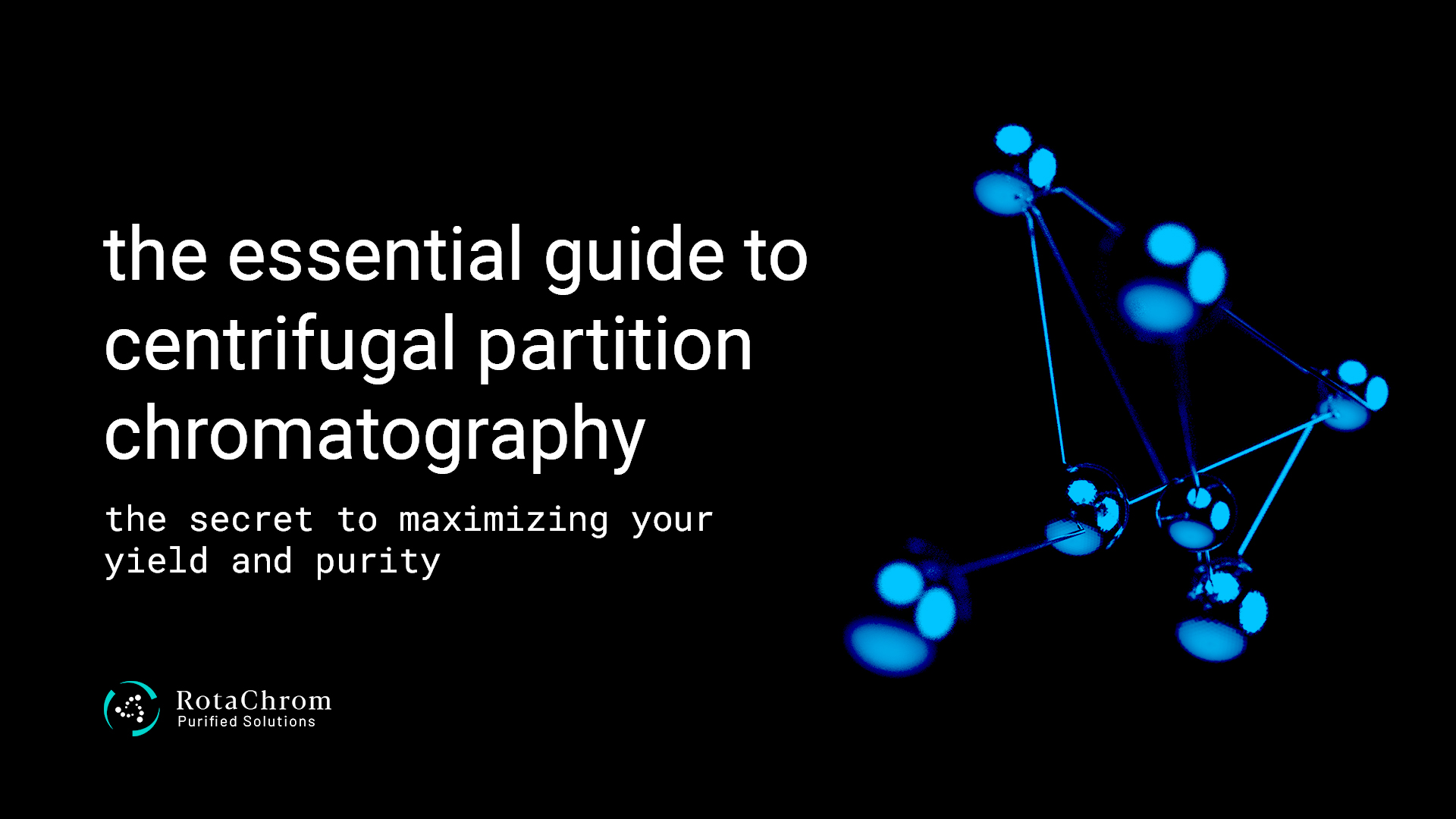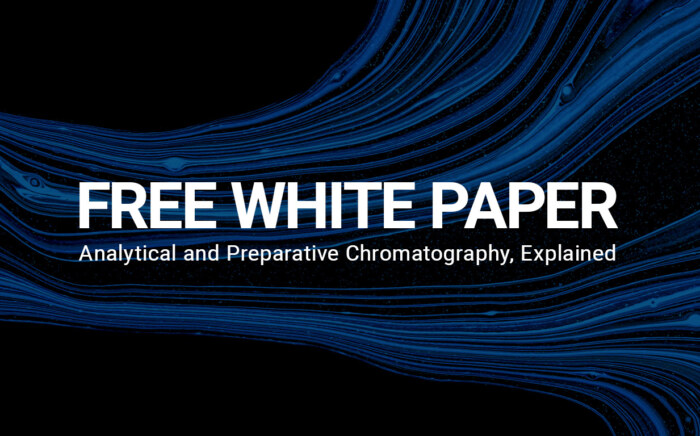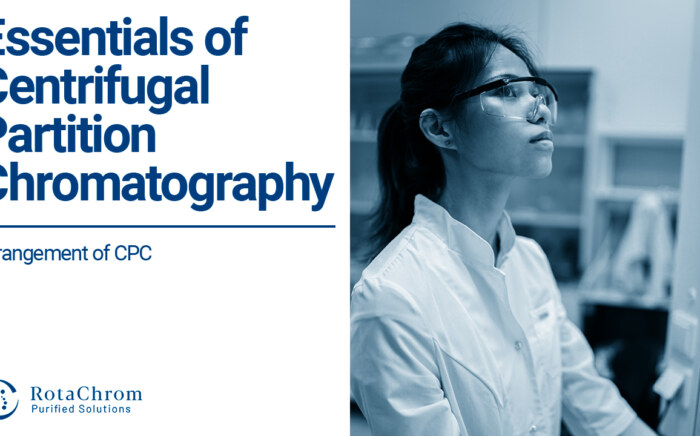Increasing separation efficiency by pH adjustment in Centrifugal Partition Chromatography
NewsCentrifugal partition chromatography (CPC) is a highly effective and efficient liquid-liquid preparative chromatographic technique that is gaining increasing popularity among scientists, researchers and laboratory technicians. This technique utilizes two immiscible liquid solvent systems as both the stationary and mobile phases, with separation of the sample components based on their varying partition coefficients between the two phases. There are many advantages of CPC, which make it an essential tool in any scientist’s or researcher’s toolbox.
Principles of CPC
The core principle of CPC is based on the concept of partition coefficient (Kd), which is the equilibrium constant for the distribution of a particular compound in a two-phase system. In CPC, a pattern of CPC cells (columns) are interconnected in series by ducts that are attached to a large rotor. The liquid stationary phase is then filled into the rotor-cell system and immobilized by a strong centrifugal force, while the other phase of the two-phase system, serving as the mobile phase, is fed into the rotor containing the sample to be purified.
The mobile phase containing the sample is pumped into the rotor under pressure and is dispersed into tiny droplets that are then passed through the stationary phase. The sample components are separated based on their varying partition coefficients between the stationary and mobile phases, with components that have a higher partition coefficient with the stationary phase being more retained and those with a lower partition coefficient moving more rapidly through the system.
Advantages of CPC
There are several key advantages of CPC over classical solid support-based preparative liquid chromatography. One of the primary benefits of CPC is its simplicity of separation mechanism, which makes it relatively easy to develop and scale-up the method as needed. Additionally, CPC is also highly loadable and provides high recovery, with no sample loss due to irreversible adsorption. Furthermore, there is no need for a solid stationary phase and medium solvent consumption is minimized, making CPC a cost-effective and efficient solution for sample purification.
Another important advantage of CPC is its versatility and the ability to separate a wide range of compounds, including proteins, nucleic acids, and small molecules. This makes CPC an ideal solution for a wide range of applications, including biotechnology, pharmaceuticals, and other areas where high-purity samples are required.
Further Resources
There are many advantages of CPC, as it is a powerful and versatile tool for sample purification and separation. With its simplicity of mechanism, high loadability and recovery, and cost-effectiveness, CPC has become an increasingly popular solution among scientists, researchers and laboratory technicians. Whether you are looking to purify proteins, nucleic acids, or small molecules, CPC offers a highly effective and efficient solution that can help you achieve your research goals.
RotaChrom has made a major advancement in the field of preparative purification with their method of industrial-scale centrifugal partition chromatography. Unlike traditional liquid chromatography, this innovative system does not rely on a solid stationary phase, like silica gel, to achieve highly accurate molecular separation. The results are exceptional in terms of both yield and purity, demonstrably surpassing conventional liquid chromatography. Furthermore, RotaChrom’s platforms have dramatically reduced the costs and number of steps involved in downstream method development, making it an effective solution for a wide range of purification challenges.
If you’d like to learn more about chromatography and separation techniques, click on any of the links below, and take look at RotaChrom’s many resources.



